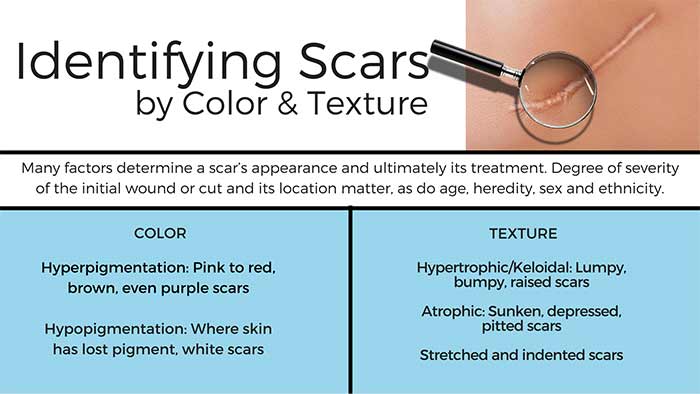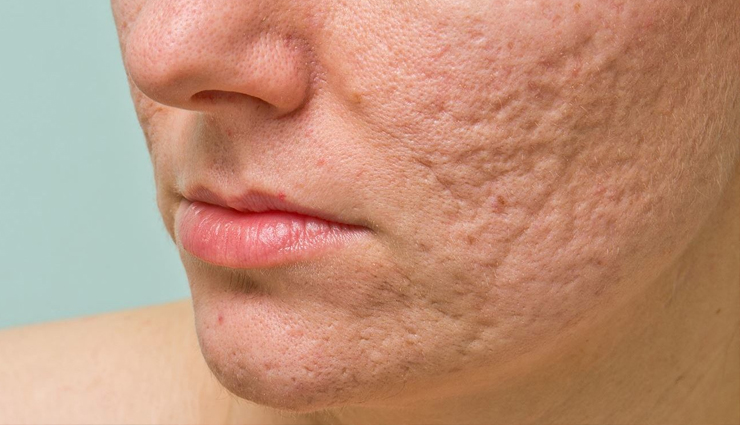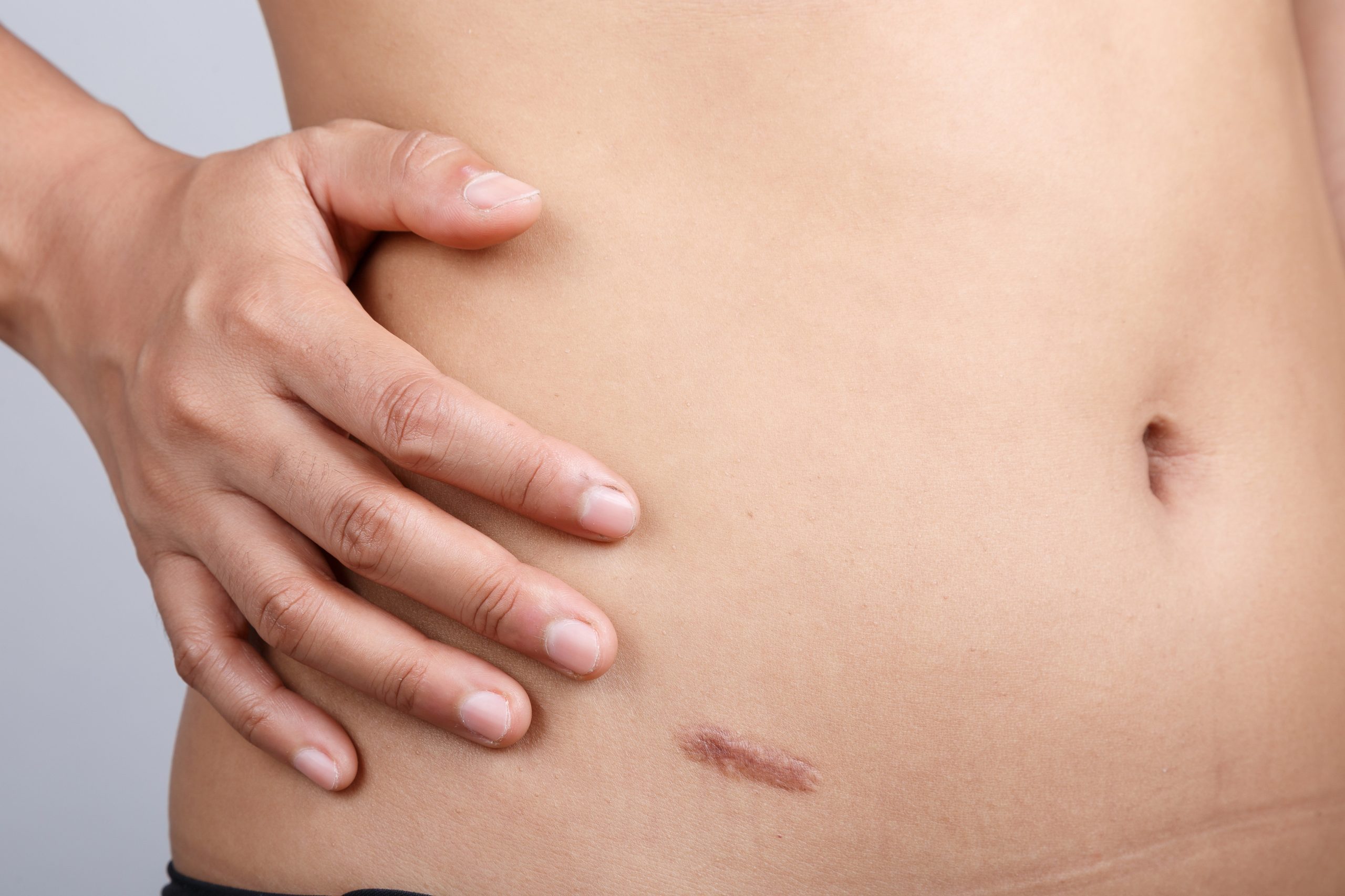Unveiling The **Scars Wonderland Real Name**: A Journey Through Skin's Stories
Scars are so much more than just marks on our skin, you know. They are like tiny storytellers, each one holding a memory, a moment of healing, or a bit of life's adventure. From a scraped knee as a child to a surgical incision, these marks tell us about our body's incredible ability to repair itself. So, when we talk about the "scars wonderland real name," we're not talking about some hidden place or a secret code. Instead, it's a way of looking at the truly diverse and sometimes surprising world of scars themselves, the actual truth of how they form and what they mean.
This "wonderland" of scars, you see, is full of different shapes, sizes, and textures. It includes everything from those tiny, almost invisible lines to more noticeable, raised areas. Each scar is unique, a bit like a fingerprint, reflecting the specific injury, the way our body healed, and even our own personal skin type. It's really quite fascinating when you think about it, as a matter of fact.
Today, we're going to take a closer look at what makes this "scars wonderland" so diverse. We'll explore the different kinds of scars you might encounter, why they look the way they do, and what you can do to care for them. So, you know, get ready to understand your skin's healing stories a little better.
- Boris Sanchez Wiki
- Is David Muir Married
- Howard Morley Oregon
- Peter Doocy First Wife
- Rachel Maddow Daughter
Table of Contents
- What is the "Scars Wonderland Real Name," Anyway?
- The Many Faces of Scars: A Look at Different Types
- Why Scars Look So Different: The Factors at Play
- Caring for Your Scars: When to Seek Help
- Beyond the Surface: Scars and Health
- Common Questions About Scars (People Also Ask)
What is the "Scars Wonderland Real Name," Anyway?
So, the "scars wonderland real name" isn't a secret club or a hidden map, you know. It's actually a way to describe the incredibly varied and sometimes surprising world of scars themselves. Think of it as truly understanding all the different ways our skin heals and the marks it leaves behind. It's a bit like looking at a whole universe of skin stories, as a matter of fact.
Scars, basically, are marks that form on the skin after a wound or injury has healed. They are a completely natural part of the body's healing process, which is pretty amazing. When your skin gets hurt, your body works hard to repair the damaged area, and that repair often results in a scar. This process happens in the skin and other tissues, too, which is interesting.
A scar, or scar tissue, is an area of fibrous tissue that replaces normal skin after an injury. It's the body's way of patching things up, more or less. Scars result from the biological process of wound repair, not just on the surface but also in other organs, too. So, it's a very fundamental part of how our bodies recover from damage, you see.
- Yn Meaning Hood
- Viralkand New Gujarati 2025
- Kaylee On Today Show
- Securely Connect Remoteiot P2p Ssh Windows 10
The Many Faces of Scars: A Look at Different Types
Scars really do come in many shapes and sizes, it's true. If you happen to have two or more scars, you might notice that they look very, very different from each other. This happens because so much affects what a scar looks like, including the type of injury and how your body responds. It's pretty fascinating, you know.
Acne Scars: Lingering Memories
Acne scars are often quite stubborn, aren't they? They can be a bit of a lasting reminder of past breakouts, which is sometimes a little frustrating. The thing about acne scars is that no single treatment is usually best for everyone, so it's not a one-size-fits-all situation, you know.
One or a combination of different approaches might really improve the appearance of your skin, depending on your specific scar type. So, it's about finding what works for you, basically. There are many ways to go about it, actually.
Keloid Scars: Raised and Robust
Then there are these problematic raised scars called keloids. They are a bit different because they can form over scars from acne, tattoos, piercings, and other injuries, and they tend to grow beyond the original wound's edge. They can be a bit noticeable, you see.
Keloids are most common in people with brown or black skin, apparently. The exact reasons for this susceptibility aren't completely clear yet, but it's an important observation. Also, keloids can sometimes run in families, suggesting that this tendency might be something you inherit, which is quite interesting, you know.
Hypertrophic Scars: Similar, But Different
Hypertrophic scars are also raised, a bit like keloids, but they behave differently. They usually stay within the boundaries of the original wound, rather than spreading out. They can be red and itchy, too, which is sometimes a little bothersome. They're a common type of scar, you know.
Other Scar Types
Scars can also result from all sorts of other things. Injuries, surgery, illness, and burns all leave their own unique marks, for instance. Each one tells a story of healing and recovery, as a matter of fact.
Even birthmarks, you know, are a kind of skin mark, though they form differently. Learning to identify different types of birthmarks by how the skin looks is quite useful. So, you see, the variety is really quite wide.
Why Scars Look So Different: The Factors at Play
It's really quite remarkable how much affects what a scar looks like, you know. The appearance of a scar isn't just about the initial injury; it's a whole mix of things. That's why two scars on the same person can look very, very different, as a matter of fact.
The Body's Healing Process
Scars are a natural part of the body's healing process, basically. A scar results from the biological wound repair process in the skin and other tissues. Most wounds, except for very minor ones, will leave some kind of mark. It's the body's way of making sure the skin is closed and protected again, you see.
A scar is the body's natural way of healing and replacing lost or damaged skin, so. It's usually composed of fibrous tissue, which is a bit different from your regular skin tissue. Scars may be formed for many different reasons, which just adds to their diversity, you know.
Causes and Triggers
Scars can result from a wide range of things. Injuries, surgery, illness, burns, and acne are very common causes, for instance. Even fresh cuts, scratches, bruises, or bite marks can leave a lasting impression on the skin, as a matter of fact.
Sometimes, things like excessive rubbing of an area to create a burn, or keeping sharp objects or other items used for self-harm, can lead to scars, too. These are all ways the skin can be damaged, and then the healing process kicks in, you see.
Skin Type and Genetics
Your individual skin type plays a really big part in how scars form and look, you know. For example, keloid scars are most common in people with brown or black skin, which is a significant factor. The reasons for this increased susceptibility aren't fully understood, but it's a clear pattern, apparently.
Also, having a personal or family history of keloids can make you more likely to develop them. This suggests that the tendency to form certain types of scars can be inherited, which is quite interesting, you see. So, your genes might actually influence your "scars wonderland," in a way.
Caring for Your Scars: When to Seek Help
Many scars can be treated if they make you feel uncomfortable around others, or if they cause pain, or even if they restrict your movement, you know. It's really important to remember that you don't have to just live with a scar if it's bothering you. There are options, basically.
It’s also very important to have a dermatologist examine your scar, because they can give you the best advice for your specific situation. They can help figure out what kind of scar it is and what the best approach might be. So, don't hesitate to reach out to a professional, you know.
Treatment Approaches
One or a combination of different approaches might really improve the appearance of your skin, depending on your scar type. There's no single magic solution, but many effective methods exist, for instance. You can learn about how to prevent, remove, or flatten those problematic raised scars that form over injuries from acne, tattoos, piercings, and other wounds, too.
For those with large breasts, breast reduction surgery, also known as reduction mammaplasty, removes fat, breast tissue, and skin from the breasts. While this is a different kind of procedure, it does involve scar formation and care, so it's part of the broader discussion of scars and healing, you see. Complications are rare, but most people who get smallpox, for example, survive, though some rare types were almost always deadly, which shows how serious some infections can be, and the scars they might leave, apparently.
Preventing Scarring
Learning how to prevent scarring is a really helpful thing, you know. It's often about proper wound care right from the start. Keeping cuts, scratches, bruises, or other wounds clean and protected can make a big difference, for instance. You can also learn how to heal your scar tissue effectively, which is a bit like guiding the body's natural repair process, you see.
There are several types of treatments and prevention strategies available today. Learning more about scar formation on our site can give you a good start. And for specific healing tips, you can link to this page about skin healing, too.
Beyond the Surface: Scars and Health
Sometimes, scars or the conditions that cause them can tell us more about our overall health, you know. For instance, diagnosing pulmonary fibrosis involves your doctor or other healthcare professional reviewing your medical and family history and doing a physical exam, apparently. This shows how skin changes can sometimes be connected to deeper health issues, you see.
You can also find out more about rare viral infections, like smallpox, the possible symptoms in humans, treatment options, and how to prevent getting or spreading the virus. While smallpox is largely eradicated, it serves as a historical example of how serious illnesses can leave significant marks, both internally and externally, you know. So, scars are not just skin deep, in a way.
Common Questions About Scars (People Also Ask)
Can Scars Truly Disappear?
Well, honestly, scars don't usually disappear completely, you know. They are permanent marks, basically. However, many treatments can significantly improve their appearance, making them much less noticeable. So, while they might not vanish, they can fade a lot, as a matter of fact.
What's the Best Way to Prevent New Scars?
The best way to help prevent new scars is to care for wounds properly from the very beginning, you see. Keep the wound clean, moist, and protected from infection. Using gentle pressure and avoiding picking at scabs can also help. And, of course, protecting the healing area from the sun is very important, too, for instance.
When Should I Be Concerned About a Scar?
You should probably be concerned about a scar if it's causing you pain, itching, or restricting your movement, you know. Also, if a scar changes in color, size, or shape, or if it seems to be growing unusually, it's a good idea to have a dermatologist check it out, as a matter of fact. They can help you figure out what's going on, basically.
Scars are the body's natural way of healing and replacing lost or damaged skin, so. They are usually composed of fibrous tissue and form for a variety of reasons, including as a result of injuries or illnesses. Understanding this "scars wonderland real name" helps us appreciate our skin's incredible resilience and its ability to tell our life's stories. If you have any concerns about a scar, talking to a skin care professional is always a good step, you know. They can provide personalized advice and treatment options for your unique skin journey.

Guide to Identifying Scars | Contour Dermatology

7 Different Types of Scars and How To Treat Them - lifeberrys.com

How to Get Rid of Scars, According to Dermatologists | Reader's Digest